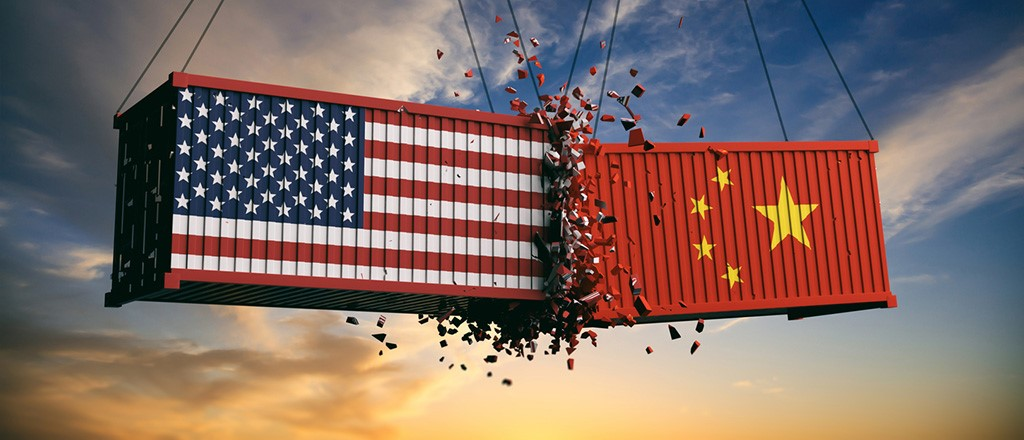In today’s global economy, slipper supply chains, like most consumer goods, are subject to a wide range of geopolitical risks. Slippers, even though they seem simple, often have complex supply chains that stretch across multiple countries. From sourcing raw materials to production, assembly, and distribution, every step of the chain can be affected by geopolitical tensions, trade policies, and regional instabilities.
1. Key Geopolitical Risks
Slipper supply chains are exposed to several types of geopolitical risks. The first step to managing these risks is to identify them.
a) Trade Wars and Tariffs
Global trade wars, like the one between the U.S. and China or the EU and other regions, can have a big impact on the slipper industry. Most slippers are made in countries like China, Vietnam, and India, where labor costs are lower. But tariffs and trade barriers can drive up costs and make you less competitive.

b) Regional Conflicts and Political Instability
Political instability in the countries where you get your raw materials or where your factories are located can disrupt your supply chain. For example, you might get your cotton or leather from countries that have political unrest or civil strife. That can mess up your production.
c) Regulatory Changes and Compliance
Changes in local or international regulations can impact your suppliers’ ability to make your stuff or ship it. For example, stricter labor laws can affect how fast your stuff gets made and how much it costs to run the factory.
d) Sanctions and Export Restrictions
Sanctions imposed by countries or international bodies can limit your access to certain markets or suppliers. If your supplier is in a country that is under sanctions, you might have trouble getting your stuff in or out.

e) Global Pandemics
While not strictly geopolitical, global pandemics like COVID-19 have shown how fragile global supply chains can be. Shutdowns, travel restrictions, and labor shortages can slow down production and shipping, which can mess up your supply chain.
2. The Impact of Geopolitical Risks
Understanding how these risks impact your slipper supply chain is critical for strategic planning and risk mitigation.
a) Increased Costs
Trade tariffs and sanctions can increase the cost of raw materials, manufacturing, and shipping. For example, if a country imposes tariffs on imports from China, the cost of slippers made in Chinese factories will go up,which will affect the final price for the people who buy them.

b) Supply Shortages
Political instability and conflicts can cause supply shortages. For example, if a key material like rubber or cotton becomes scarce because of a conflict in a region that produces it, your supply chain might experience delays or disruptions.
c) Longer Lead Times
Geopolitical tensions often cause manufacturing or shipping delays. Stricter customs checks, longer transit routes, or production halts due to political unrest can all lead to longer lead times. This can make it harder for you to meet consumer demand and fulfill contracts.
d) Reputation and Compliance Risks
As a buyer, you have to make sure your suppliers are following international labor and environmental regulations. If a supplier gets caught breaking those rules, your company’s reputation could be damaged, which could lead to legal and financial trouble.
3. Strategies to Mitigate Geopolitical Risks
Once you understand the risks, the next step is to put strategies in place to mitigate them. Here are some ways you can manage geopolitical risks in your slipper supply chain:
a) Diversify Your Supplier Base
Relying on one supplier or one region for your materials or manufacturing puts your supply chain at risk from geopolitical events. By diversifying your supplier base across multiple regions or countries, you can reduce the impact of regional conflicts or trade wars. For example, instead of relying solely on Chinese factories, you might also source from Vietnam, India, or Eastern Europe.

b) Build Strong Relationships with Suppliers
Having good relationships with your suppliers can help you navigate geopolitical challenges. Suppliers who value your business are more likely to work with you to find solutions to problems like regulatory changes or export restrictions. Open communication can also give you a heads-up about potential issues.
c) Consider Nearshoring or Reshoring
In some cases, it might make sense to move production closer to your home market. Nearshoring (moving production to a country near you) or reshoring (moving production back to your own country) can help reduce the risk of geopolitical disruptions. For example, a German buyer might consider sourcing slippers from nearby Eastern European countries to reduce their dependence on Asian markets and minimize shipping disruptions.
d) Stockpile Key Materials
One way to mitigate supply shortages is by stockpiling essential raw materials like rubber, leather, or synthetic fabrics before potential disruptions happen. This strategy requires accurate forecasting and warehouse space, but it can help you keep producing even if supplies from certain regions get cut off.

e) Monitor Geopolitical Developments
Staying informed about what’s happening in the world can help you anticipate risks before they become big problems. Keep an eye on the news and updates about the key regions in your supply chain, including trade agreements, tariffs, and political events. This can help you take action before things go sideways, such as finding new suppliers or adjusting your production timeline.
f) Use Risk Management Technology
There are many tools and platforms available to help you monitor and manage supply chain risks. These tools can give you real-time updates on potential disruptions, from factory closures to shipping delays, so you can respond quickly to emerging challenges.
4. Real-World Case Studies
a) Impact of U.S.-China Trade War on Footwear Industry
The U.S.-China trade war, which started in 2018, resulted in big tariff increases on goods imported from China, including slippers. This meant a lot of American retailers had to pay more for slippers, which forced some of them to raise prices or switch to suppliers in other countries like Vietnam and Indonesia. This is a good example of why you should have more than one supplier.

b) COVID-19’s Disruption of Global Supply Chains
The COVID-19 pandemic caused major disruptions to supply chains around the world. Factories in China shut down early in the pandemic, and shipping routes became restricted. Buyers who relied heavily on Chinese manufacturers had to delay shipments or find new suppliers, which led to shortages in many markets.
c) European Sanctions on Russian Exports
After the 2022 Russia-Ukraine conflict, many European countries imposed sanctions on Russian exports, including energy resources. While this didn’t have a direct impact on the slipper industry, it’s an example of how sanctions can disrupt the supply chain for goods that rely on specific resources, like leather from countries that are under sanctions.
5. Future Trends in Geopolitical Risk Management
As geopolitical risks continue to change, here are some trends that will shape the future of supply chain management in the slipper industry:
a) Regionalization of Supply Chains
Many companies are moving from global supply chains to regional supply chains. This trend is driven by geopolitical tensions and trade uncertainties. The idea is to build supply chains within a specific region to reduce global risks. For example, European buyers might start sourcing more from within Europe or from countries near Europe to reduce their dependence on Asian markets.
b) Sustainability and Ethical Sourcing
As consumers and governments demand higher environmental and labor standards, companies will need to focus on sustainability and ethical sourcing. Geopolitical risks can come from not following these rules, so it’s important to make sure your suppliers are meeting these standards to avoid potential problems.

c) Use of AI and Blockchain for Transparency
Artificial intelligence (AI) and blockchain will be used more to manage geopolitical risks. These technologies will help make supply chains more transparent and traceable, so buyers can see the risks and act on them.
Conclusion
To manage geopolitical risks in your slipper supply chain, you need to be proactive and diversified. Understand the types of risks, the impact of those risks, and strategies to mitigate them. This will help you reduce the chances of being disrupted and keep your supply chain more resilient. If you’re a new buyer, stay informed, build great relationships with your suppliers, and diversify your supply chain. That’s how you navigate the uncertain global landscape we’re living in today. By doing these things, you’ll be able to keep the slippers flowing and your costs down, even in the face of geopolitical challenges.


